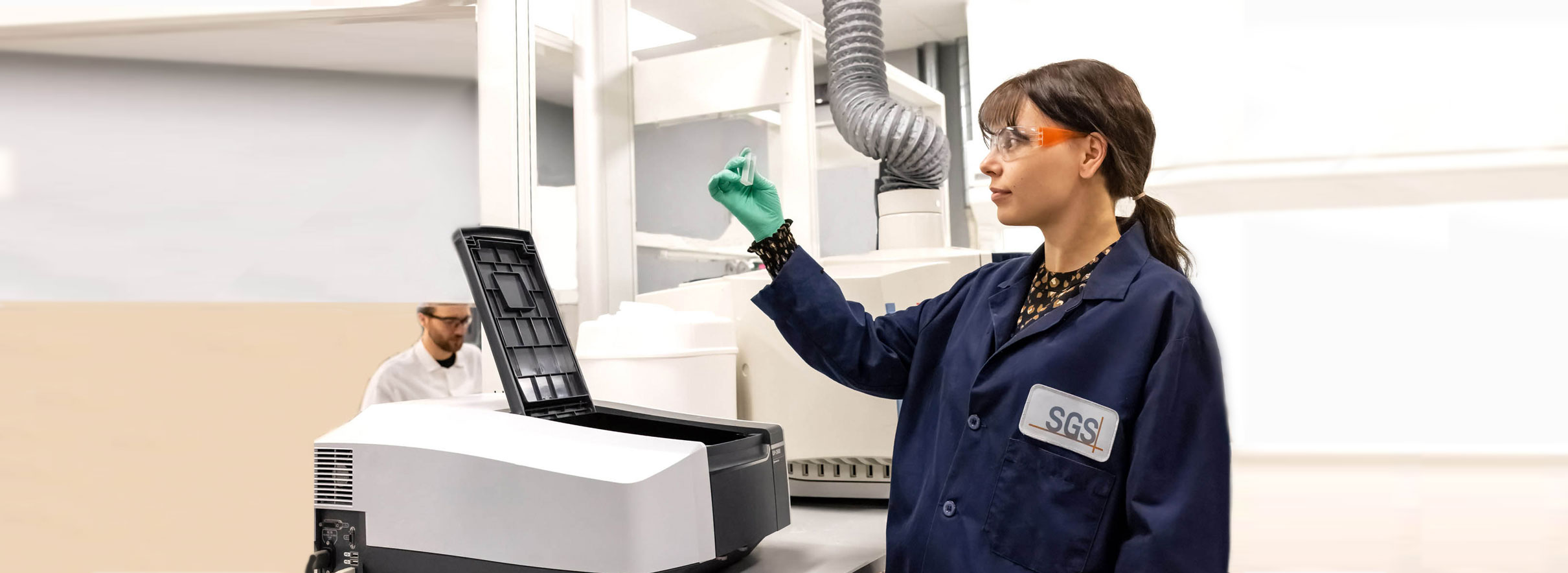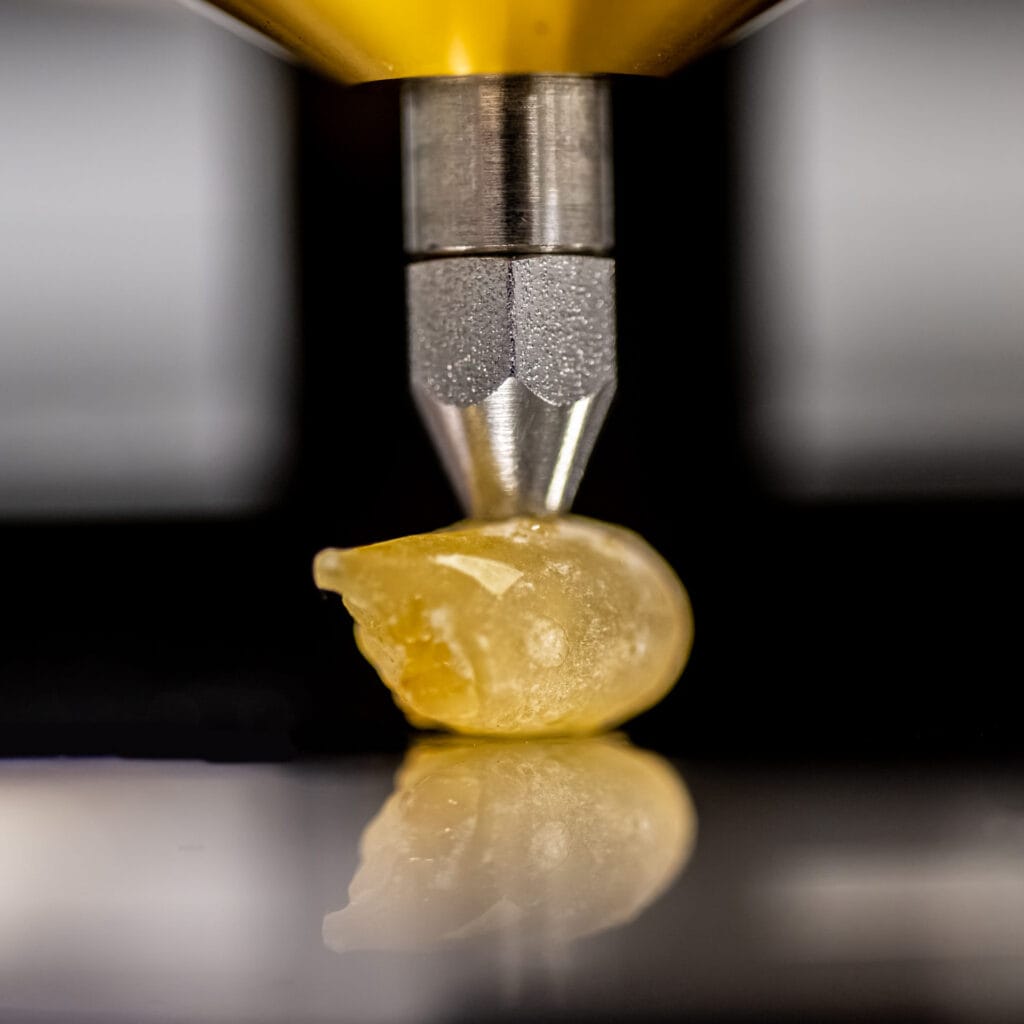
Spectroscopy
The chemical composition of a location the size of one-tenth the period at the end of this sentence can be determined using the FTIR spectrometer together with the external microscope accessory.
Infrared spectroscopy (IR spectroscopy) is the subset of spectroscopy that deals with the infrared region of the electromagnetic spectrum. It can be used to identify compounds or investigate sample composition.
The infrared spectrum of a sample is collected by passing a beam of infrared light through the sample. Examination of the transmitted light reveals how much energy was absorbed at each wavelength. This can be done by using a Fourier transform instrument to measure all wavelengths at once. From this, a transmittance or absorbance spectrum can be produced, showing at which IR wavelengths the sample absorbs. Analysis of these absorption characteristics reveals details about the molecular structure of the sample.
Approaches
The Infrared Spectrometer provides data over the range from 4000 to 400 cm-1 with the main instrument bench and a somewhat narrower range of analysis (4000 to approximately 650 cm-1) when an attenuated total reflectance accessory is used.
Thin coatings can be evaluated directly on a reflective substrate (reflection-absorbance mode) and powder materials can be evaluated using the diffuse reflectance mode.

Sample Considerations
Virtually any sample can be evaluated using the FTIR spectroscopy method of analysis. Samples can be solids, liquids, or gases. Small samples can be analyzed within the instrument; larger samples can be analyzed using an external microscope accessory. The microscope can also be used to target a specific portion of a sample.
Solids and liquids are most commonly evaluated using FTIR spectroscopy. The solid materials can be thermoset or thermoplastic materials, rubber materials, coating, fibers, and virtually any manufactured product. Liquid samples include lubricants, solvents, contamination that has been swabbed away from a surface, and any other liquid whose identity must be determined.
Contact an expert to talk through your specific sample considerations.
Experience
Products we’ve tested:
- Printed circuit board (PCB) products
- Extractable content of drug delivery systems
- Polylactic acid plates, screws, and mesh.
Work we’ve done:
- Comparison of multiple products to assess similarities and differences
- An explanted surgical product to identify the material composition
- Contamination analysis
- Monitoring the progress of a chemical reaction
- Material certification
